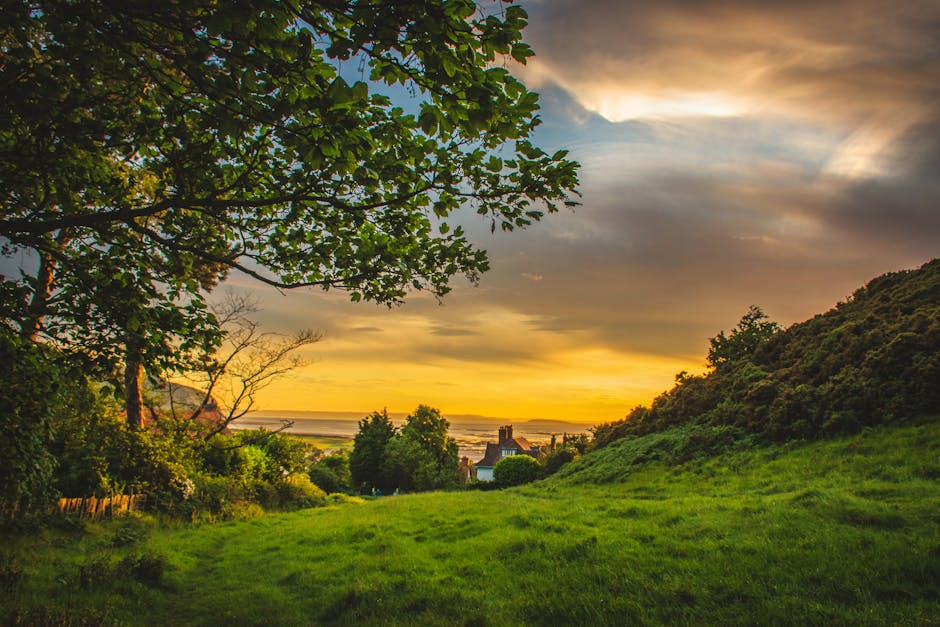Smart Ideas: Revisited
 Exploring the Art and Scientific Research of Landscape Layout
Exploring the Art and Scientific Research of Landscape Layout
Landscape design is an elaborate blend of virtuosity and environmental science, forming the outside environment to boost visual appeal while thinking about ecological health and wellness. It entails the cautious planning of rooms, plants, and structures to develop harmonious exterior locations that offer numerous purposes. From residential gardens to public parks, landscape design plays an important duty in defining how we connect with nature in our lives.
0 Picture Gallery: Smart Ideas: Revisited
Among the core elements of effective landscape style is the analysis of the site. This procedure includes understanding the regional environment, dirt problems, and existing flora and fauna. A comprehensive website analysis aids developers select proper plant varieties and products that will certainly thrive in the atmosphere while fulfilling the aesthetic objectives of the project. Incorporating indigenous plants is often a vital strategy, as these varieties are much more resilient and beneficial to regional wild animals, inevitably advertising biodiversity.
Functionality is another essential facet of landscape style. Each outdoor space needs to cater to the demands of its customers, whether it’s offering a relaxing retreat, an area for enjoyment, or an area for entertainment tasks. Designers need to take into consideration the flow of activity, access, and just how different elements can collaborate to create a natural and functional format. Features such as paths, seating locations, and water elements can improve the functionality and general experience of the space.
In today’s world, sustainability has actually ended up being an essential focus in landscape design. Creating landscapes that lessen water use, lower the need for chemical upkeep, and promote organic horticulture methods is necessary. Techniques such as xeriscaping and the unification of rain gardens not just contribute to ecological conservation but also educate areas concerning the importance of sustainable techniques. By prioritizing environmental duty, designers can produce landscapes that are gorgeous, functional, and useful for the planet.
Finally, landscape layout is a diverse discipline that requires a balance of creativity, environmental insight, and practical understanding. By attentively mixing natural and created components, landscape designers create environments that boost our connection to nature while serving the diverse demands of the area. Welcoming principles of sustainability and performance guarantees that landscapes are not only visually enticing but also durable and valuable for several years ahead.
5 Key Takeaways on the Road to Dominating
This post topic: Employment